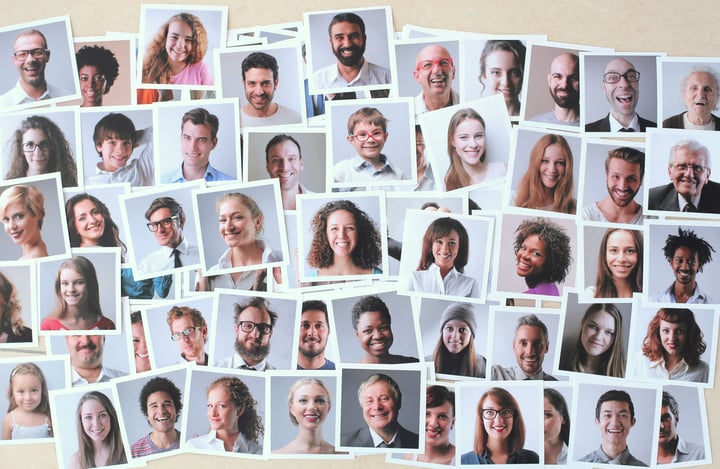Addressing Unconscious Bias (Pt 1): What is It and Why Does It Matter?
This year’s campaign theme for International Women’s Day was #BreaktheBias. The hashtag that spread virally across the web through the solidarity of organizations and their leaders, committed to breaking the bias against women, demonstrates the growing calls to address bias as a key barrier to DEI (Diversity, Equity, and Inclusion) today.
While companies spend millions of dollars on anti-bias training each year (HBR 2019), conscious and unconscious biases have the potential to creep up and affect organizations’ hiring practices, policies, employee retention, cultures, and their impact on broader society and economy. Bias affects us all, and identifying and mitigating our biases is a challenging task. However, as more and more research shows, it is also a necessary and doable undertaking.
In this first post of a two-part series, we will: 1) define what unconscious bias is, 2) discuss why unconscious bias matters, and 3) share some examples of how it can show up in the workplace. Next week’s Part Two will then explore ways to move beyond bias and 5 ways to take meaningful DEI action.
Let’s Begin: What is (Unconscious) Bias?
Bias in general refers to attitudes or beliefs about a concept (e.g., person, place, thing, or idea) that govern how we perceive, interact with, or behave toward that concept. While we may be conscious of some of our biases, we, as humans, also make countless decisions throughout the day without being aware of our unconscious biases that influence our judgment. When we “follow our gut” or make a decision based on our comfort or familiarity, especially in situations where we have to make the decisions quickly, unconscious biases are always at play.
According to a recent study, unconscious bias can have nothing to do with conscious intentions–because the thoughts and actions are not known to the conscious mind–and these biases are built over time through our societal environments and personal experiences.
Tests of implicit (or unconscious) bias, like the Harvard Implicit Association Test, show that people of all backgrounds reveal unconscious preferences on the basis of gender, race, sexual orientation, or other identity aspects.
So If We Are All Affected by Unconscious Bias, Why Does It Matter?
Unconscious bias matters because it can shape unequal treatments in the workplace, potentially causing harm to our employees and colleagues.
Here Are Some Examples of How Unconscious Bias Can Cause Harm in the Workplace.
Biases can lead to generalizations that determine a candidate’s ability to qualify for a job not based on their skills but on their age, gender, the origin of their name, or nationality. In 2018, researchers at Ryerson University and the University of Toronto found that Canadian job-seekers with Asian names are 20 to 40 percent less likely to receive a call back because of their name.
Unconscious bias can also influence promotion decisions, which can lead to the lack of diversity in senior levels of the organization. In more severe cases, a culture of strong, unchecked preferential bias can lead to workplace bullying, harassment, and/or discrimination, jeopardizing employees’ wellbeing and putting the business at high risks of reputational and financial damage.
This is why unconscious bias matters. As leaders, our ability to recognize and mitigate the effects of our unconscious biases can help us build more safe, inclusive, and thriving organizations, creating a more equitable society for future generations.
Next week, we will explore 5 ways to move beyond bias and toward meaningful DEI action. In the meantime, learn more about The Humphrey Group’s learning experiences about DEI here.
Related Posts
Addressing Bias (Pt 2) : 5 Ways to Take Meaningful DEI Action
Unconscious bias affects us all, sometimes despite our best intentions.
Read More“What’s in a Name?” Part 2: How to Make Names Count for Inclusion in the Workplace
Inclusion in the workplace
Read More“What’s in a Name?” Part 1: Why Names Matter for Inclusion in the Workplace
Inclusion in the workplace
Read More.jpg?length=720&name=Audience%20applauds%20speaker%20shutterstock_1758289778%20(1).jpg)

